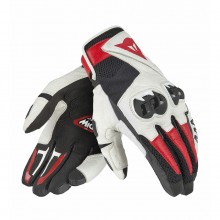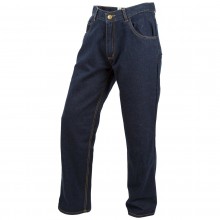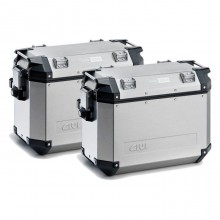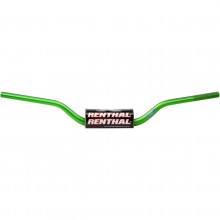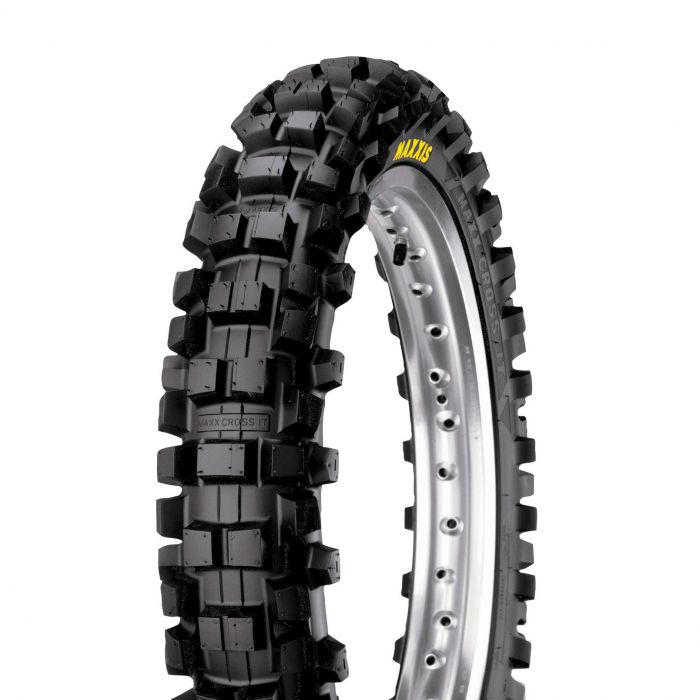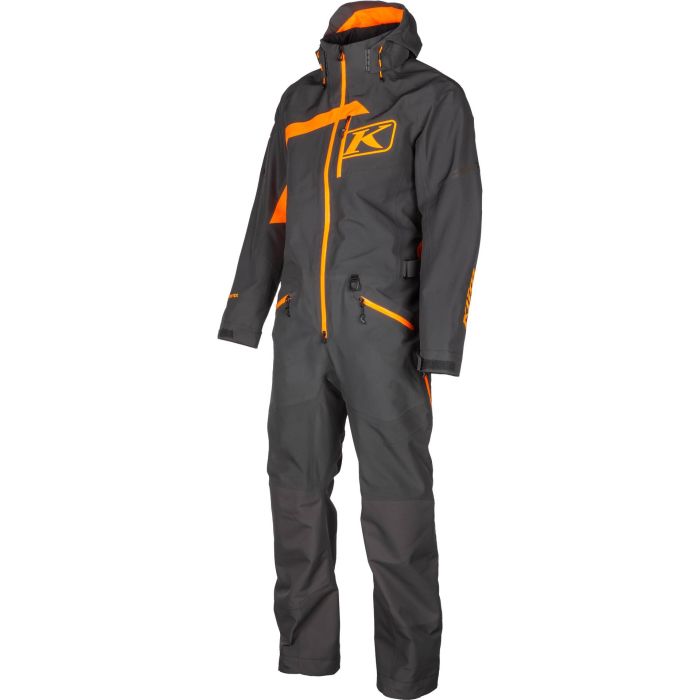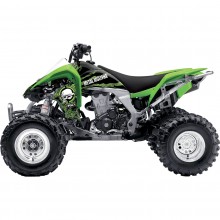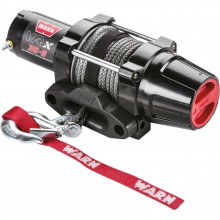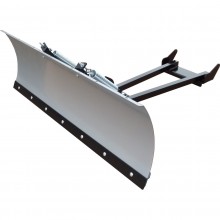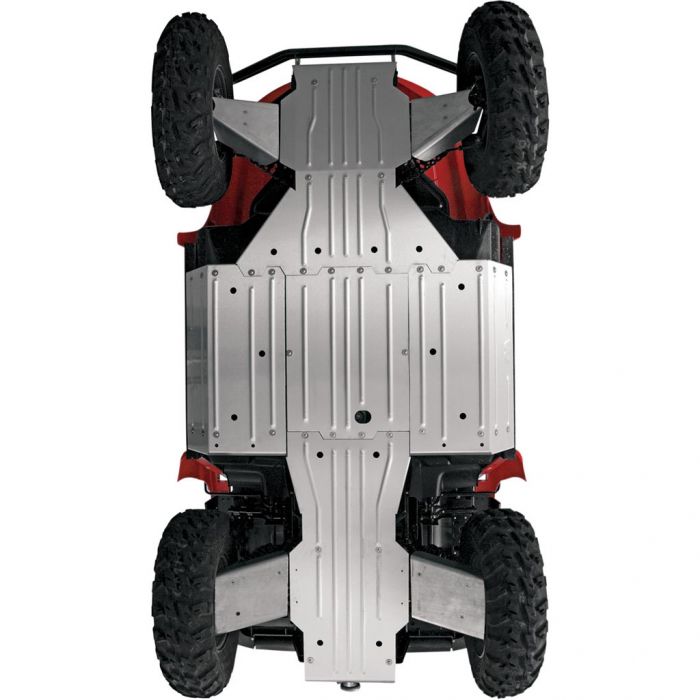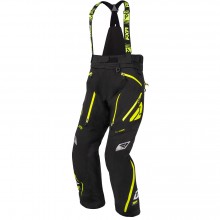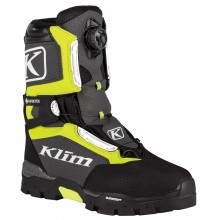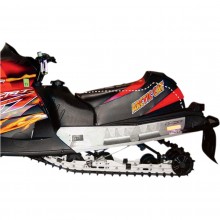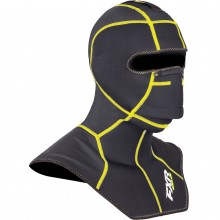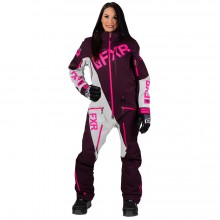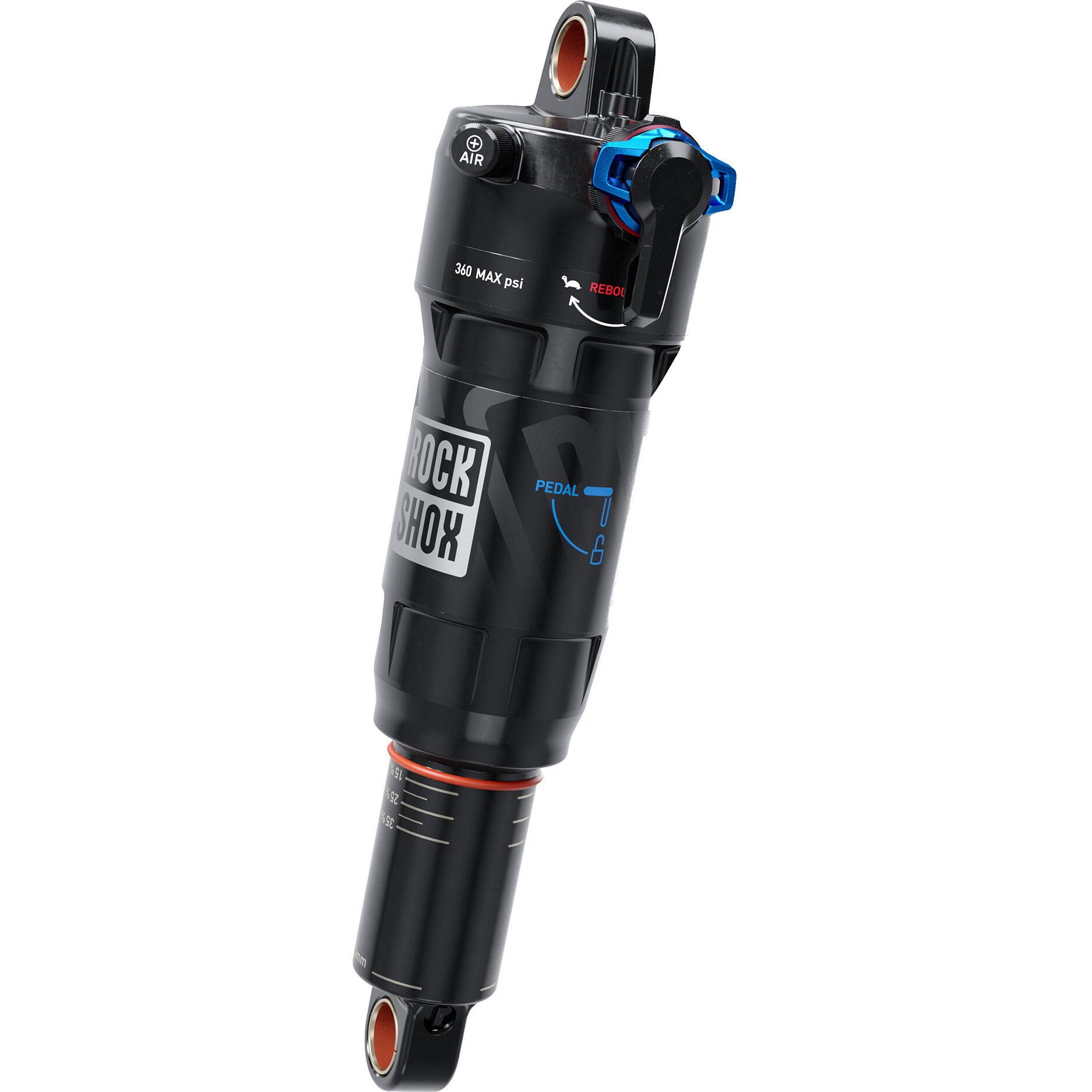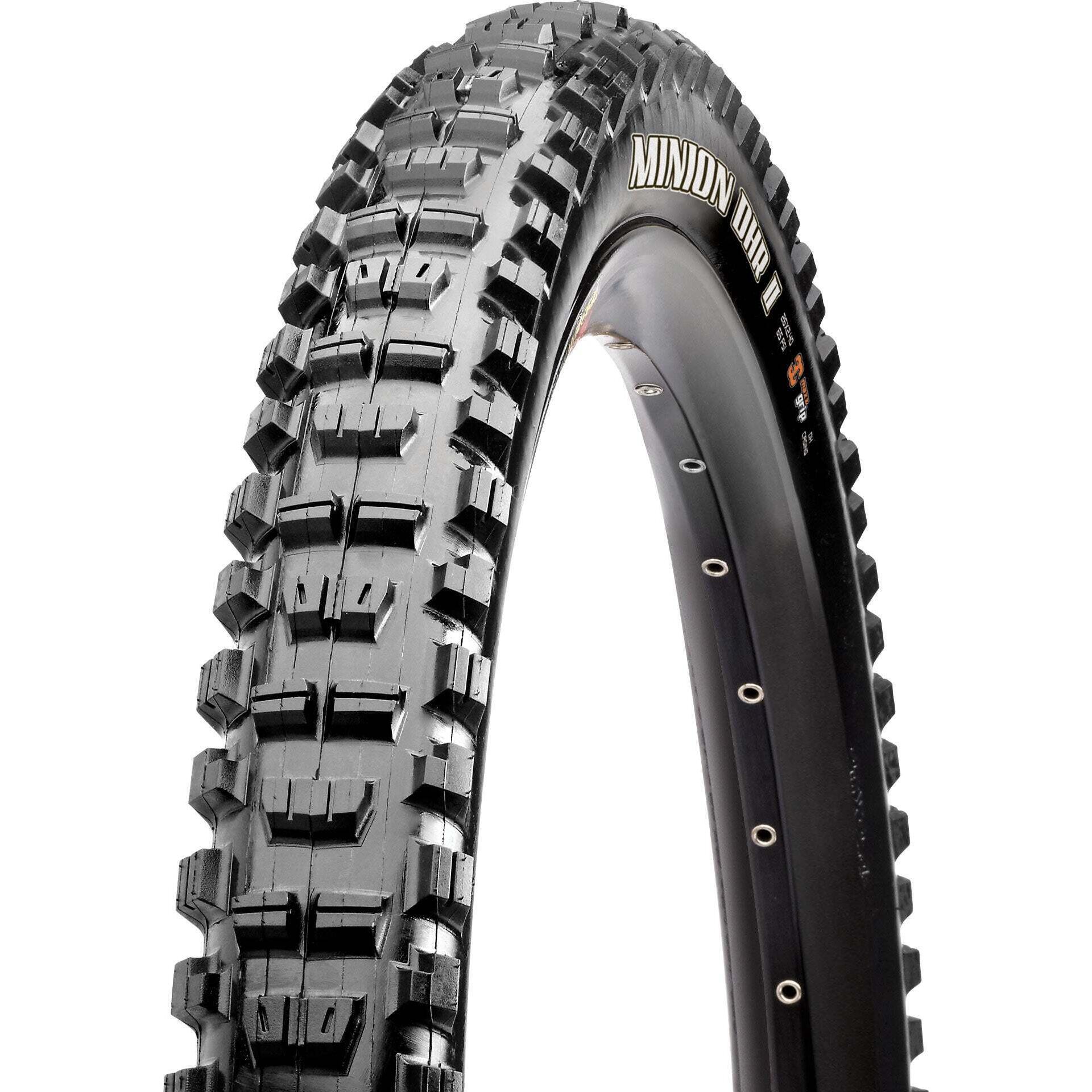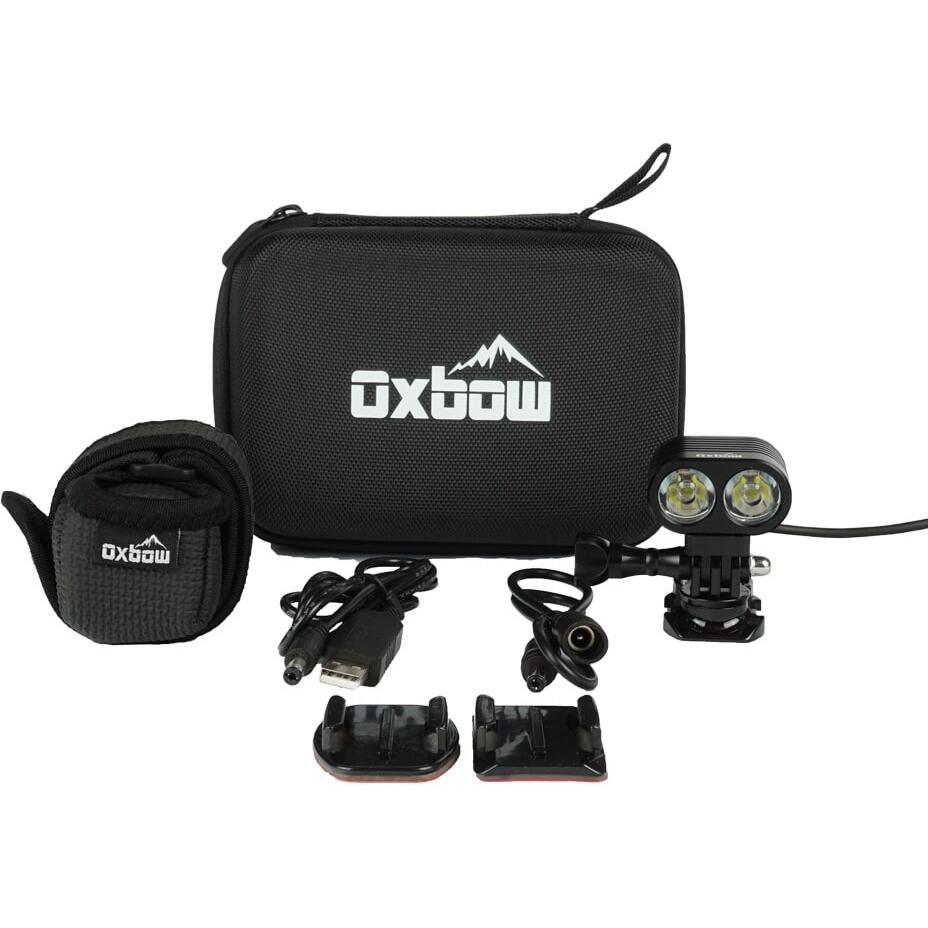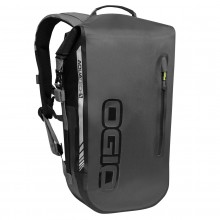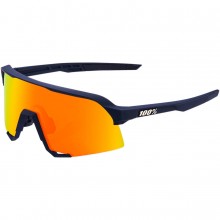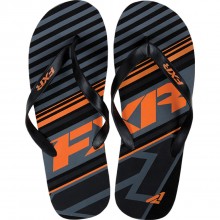Hello! I’m RyanF9 and these are the best motorcycle comm systems. Let’s start with the foolproof choice. If you’re lost in the techy swamp and don’t know what to get – just get a Cardo PackTalk . You’ll be happy.
The reason for that is DMC – dynamic meshwork communication . Basically this device creates living connections. It wants to make friends with other units, it adapts . If one rider leaves the group, everyone else stays connected. When they come back, they’re automatically re-added. If you fall out of range of the rider in the front, the other units all pitch in to leapfrog your signal to the point man. And if you fall out of range from everybody , this resourceful little guy will use your mobile phone to make the call.
Put simply, DMC makes bluetooth less of a pain in the ass , especially for technophobes.
The PackTalk is also a foolproof choice in that – no matter what you want a comm system for – it can probably do it.
Phone calls, GPS, radio, MP3, music streaming, music sharing with other units, voice commands, conference calls with four people and toggled intercom with 10 (which is actually more like 15 on the new firmware upgrade). Also you can keep your music or navigation in the background while having conversations.
As for downsides, this owner’s manual is the most confusing piece of literature ever written. You’d be better off burning it and deciphering smoke signals. Also I find the PackTalk tricky to use with gloves hands – this wheel is fine, but it takes a strange amount of force to click. Then there’s a button system up here, which is always a bad idea.
Cardo also got a bit … overexcited about their range.
They say 1.6km unit to unit but in my experience it’s more like 800m. They also say 8km with the group leapfrogging ability, but there’s no friggin way, even in rural Saskatchewan, no way.
But I forgive Cardo for exaggerating their stats, because the PackTalk is otherwise brilliant . I love it. It’s the best unit out there.
Competition for the PackTalk isn’t very competitive. Sena makes the 20S , which is chunkier, leakier and harder to use. They also make their new 30K, which has the ease of adaptive mesh connection but just like the 20S, it fails to be waterproof. Plus the 30K costs 100 dollars more than the PackTalk.
Speaking of cost, let’s say I can’t afford 350 bucks for a PackTalk. Then what?
Well the Sena 10S offers the best value for money.
Essentially, this mid-level communicator came along right after Sena released their top-of-the-line 20S. So by nature of being in the right place at the right time, it got a lot of the same tech for less money.
Radio, GPS, phones, universal intercom with non-Sena products, voice commands, music sharing with other devices, and it can do a few of those things at the same time.
So this mid-level communicator has high -end features. The 10S also has premium-level stats: 12 hours talk time, 10 days on standby, and 1.6km from device to device, which is exaggerated a bit but still better than most.
Plus I get as many configuration options as the PackTalk – wired mic, boom mic, regular speakers, or because it’s a 3.5mm jack, I could use my own earbuds. The 10S also has an auxiliary port for plugging in non-Bluetooth devices like older GPS systems and radar detectors. Not even the PackTalk offered that.
So this is just like a top-of-the-line communicator, only it MSRPs 100 dollars cheaper. What’s the catch?
Well, only 4 riders can get in on the conversation. So the 10S is a bad choice if you ride in large groups.
Also this little clip that attaches the unit to its mounting plate … it doesn’t seem very secure.
Then there’s the FM radio, which is a farce. I’ve been using this on HWY 40 in Montreal – a place where I know I can find a million radio stations – but the 10S picks up two. Maybe three. And the reception quality is shit.
Finally, the 10S gets the same “stunning HD quality” speakers as the 20S, which you’d think would be a good thing. But in reality, these sound tinny and if you install them behind thick cheek pads, they’re too quiet.
So , what do I buy if I want better sound quality?
Uclear Amp Pro – It’s right there in the name. Amp.
For sound quality, make sure you get this 350-dollar Pro version. Uclear makes other Amp devices, but only the Amp Pro gets the Pulse Pro speakers.
Imagine really meaty audio – loud, complex, the bass can be boosted, the highs are high, the lows are low – that’s what you get with the Uclear Amp Pro.
If you want to cruise the Trans Canada while experiencing the full vocal range of Mariah Carey, this is the comm system to choose. For pure sound quality , nothing else can touch it.
There are two, and only two , other things that Uclear does well.
One is linking massive groups of people. In theory there’s no limit to the number of riders you can connect, since each Amp Pro communicator also acts as a relay for the rest of the group. The more devices you have, the larger your network can be.
I’ve found that the range on the Amp Pro is a limiting factor, but if you can cram 1000 riders into 700 meters or so, power to you.
The other thing the Amp Pro does well is half helmets . See this comm uses tendril mics , which run under the liner of your helmet and sit on either side of your forehead . It’s some Star Trek shit, but they can actually feel the vibrations of your voice from up there. That’s brilliant for open face lids, since using a boom mic would result in a shit-ton of wind noise.
In every other way, the Amp Pro is below average. Sure it does all the usual comm stuff – music, GPS, whatever – but it’s finicky . The three button system is hard to use with gloves and it’s so hard to get the thing set up that Uclear includes not one, but two warning signs. They’re begging me to call tech support before returning the Amp Pro in frustration.
But hey, if you want epic sound quality, the Amp Pro is still your best bet.
Now I could end my video here. Because the three comms we’ve seen cover 95% of riders.
But no man is left behind at FortNine, so here are three oddball choices for the other 5%.
First is the Cardo Freecom – an ideal unit for people without friends. Get the Freecom 1 if you only want to talk to yourself, or the Freecom 2 if you only want to talk to your pillion. Either way it’s super cheap and does all the music, GPS, phone, voice command stuff. Then there’s the Sena 10U , which is just like the 10S we saw earlier, only it comes in bespoke fitment for the Shoei Neotec, J-Cruise, and GT-Air, the Schuberth C3 and C3 Pro, the Klim Krios, and any Arai full face.
The nice thing about the 10U is that it doesn’t leave a brick on the outside of your helmet – just fits sleekly into the interior, not affecting aerodynamics at all.
The not-so-nice thing is that it’s only available for a few helmets. Also its range is 600m shorter than the regular 10S. And you control it with this secure and unobtrusive handlebar clamp, which is neither secure nor unobtrusive .
Even still, I can’t deny that it’s cool to get a tailormade fit!
My final oddball choice is the Sena 10C , for people who want a camera and comm system in the same device.
As a communicator, the 10C is sub-par. Looking at it next to the other devices I’ve mentioned, it’s f*cking huge. Plus the wheel is so small that it’s hard to find with gloves on. The 10C has the same features list as the Sena 10S by the way, with slightly better battery life and slightly worse Bluetooth range .
As a video camera , the 10C is mediocre as well. 1080p at 30fps, 720p at 30 or 60… not the best. And while it can stitch video and audio together on the fly, it always comes out sounding tinny. Whether you’re recording your voice, your music or your phone call.
In my opinion, the 10C is not a good motovlogging tool. The video and sound quality will annoy your viewers. But if you just want to take some home video or use it as a “dashcam” for capturing accidents, it’s perfect.
That’s because of something called video looping and video tagging .
In the former mode, the 10C is constantly recording new footage and constantly erasing old footage. That way you don’t have to wipe your MicroSD card all the time… just download the most recent video after the incident occurs.
Video tagging, on the other hand, doesn’t save anything until you hit this button. When you do, the camera will keep 3 minutes of footage – some before you hit the button and some after. So you get that beautiful piece of road. Or that near-miss with a moose, plus some context on either side.
Only downside is that video looping and tagging drains the battery super fast . Like 2 hours or less. But at least you can charge on the fly with this 12V plug.
Oh! I should mention that the new 10C EVO is coming out this year. It has a larger Bluetooth range, 2k video, and wifi capability. I’m not sure it’ll be worth the jump in price to most people, and motovloggers are still better off with a GoPro.
That’s it for my favourite comm systems! Thanks for watching.



